What Is A Hip Labral Tear?
Hip labral tears involve the special cartilage that outlines the rim of your hip joint socket, the acetabulum
Where Is The Hip Labrum?
Improvements in imaging technology show that up to 55% of patients with hip or groin pain have labral tears. Athletes who participate in sports such as golf, ice hockey, baseball, softball, soccer, football, long-distance running, and ballet are at higher risk of developing hip labral tears. Figure 1 shows the structure of the hip and an example of a hip labral tear.
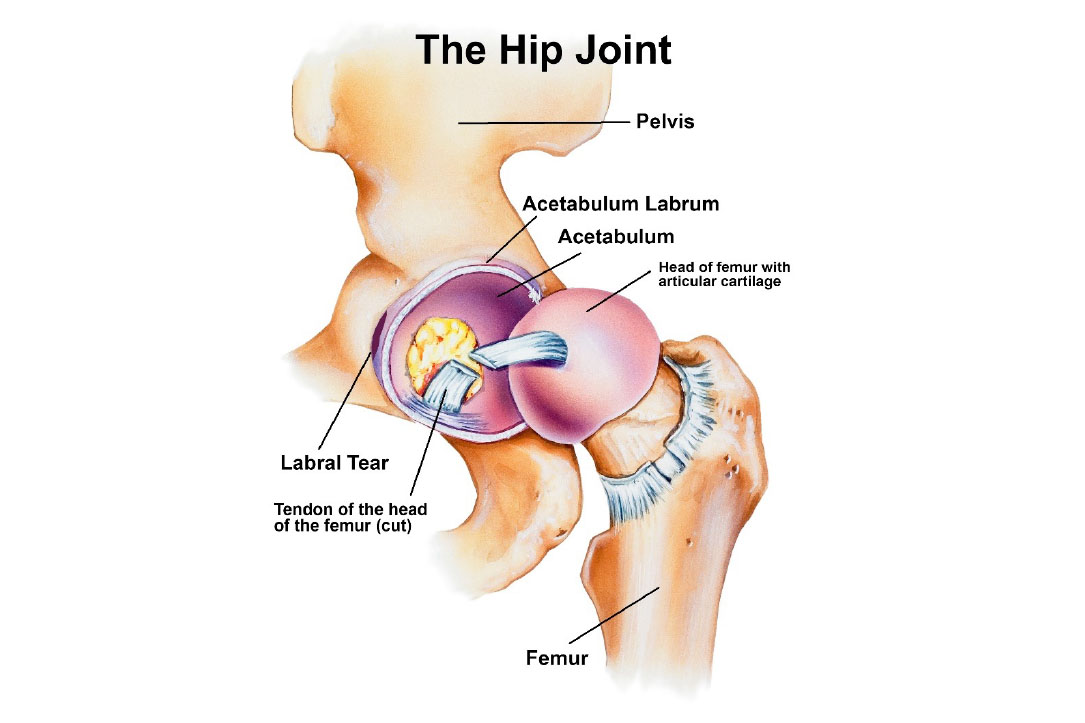
Figure 1. Depiction of a labral tear in the hip joint. The hip is composed of the pelvis, the site of the "socket" or acetabulum in which the head of the thighbone or femur fits into. Surrounding the socket is a ring of cartilage called the labrum that keeps the femur firmly seated in the socket joint. An example of a labral tear is shown where the cartilage has pulled away from the bone of the acetabulum. Covering the head of the femur and acetabulum is articular cartilage that can be damaged by chronic labral tears causing osteoarthritis.
Causes, Signs And Symptoms
Overuse and injury are the most common causes of a torn hip labrum although there are others.
- Chronic Injury. Repetitive actions weaken the labrum causing tears and osteoarthritis. Athletes are at a much higher risk for developing hip labral tears.
- Acute Injury. Sudden traumas to the hip joint can cause injury to the labrum. These often result during contact sports or other traumas that dislocate or subluxate the head of the femur out of the socket.
- Aging. Tearing or fraying of the labrum can develop as a part of the aging process and is not uncommon in people over 40 years old but can happen at any age.
- Femoroacetabulur impingement (FAI). This is a disorder involving premature contact between the acetabulum and the femur. FAI results from irregularities in the bone structure of the hip joint and can result in labral tears.
- Collagen disorders/hormonal influences. Changes in the structure of the collagen fibers may cause the joint capsule to become lax predisposing patients to labral injury.
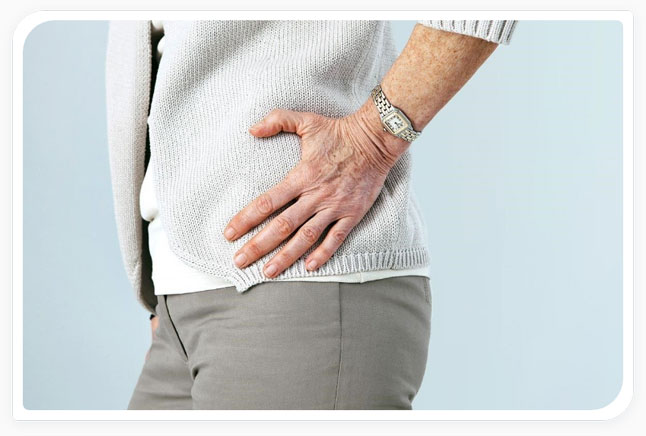
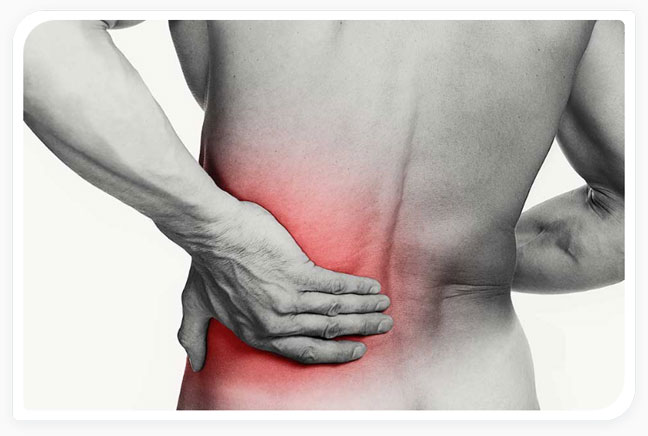
Torn hip labrum symptoms can be experienced in any of the following ways:
Other hip bursitis symptoms may include:- Hip pain. Pain in the anterior or side of hip or groin area. Less common is pain in the buttocks. Pain may increase with prolonged standing, sitting, pivoting, and impact activities. Labral tear hip pain at night is common.
- Stiffness or loss of motion. A decreased range of motion may be observed with a hip tear as well as limping, needing a banister to climb stairs, and limited walking distance and sitting time.
- Catching. When the hip "catches" an otherwise fluid movement is unintentionally interrupted. Catching is often associated with crepitus.
- Crepitus. Feeling or hearing a clicking, crunching, or popping sound emanating from the hip. This is a sign that cartilage has worn away and is not protecting the bones from friction.
Patients are seen by our specialists in our California-based clinic. Diagnosing hip labral tear is completed using a multipronged approach:
- Medical History: Our doctors will ask you about the nature of your hip pain (e.g., when and under what conditions you experience hip pain). They will ask about activities, prior surgeries, accidents, and trauma to the hip etc.
- Physical Exam: The doctor will perform hip labral tear tests by examining the range of motion and listening for any cracking or popping noises (crepitus) or tenderness/pain, bruising, and swelling.
- X-rays/Magnetic resonance imaging (MRI): X-rays may be taken to rule out other conditions like hip osteoarthritis but sometimes an MRI will be required to confirm a torn labrum in the hip.
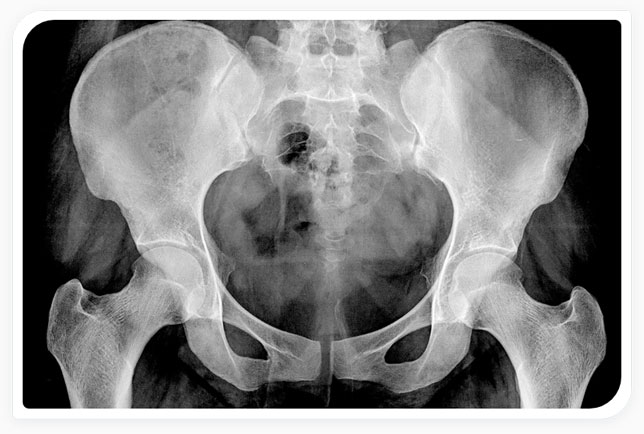
Treatment Options
The StemX clinic offers a range of customized Regenerative Medicine treatments to treat orthopedic injuries.
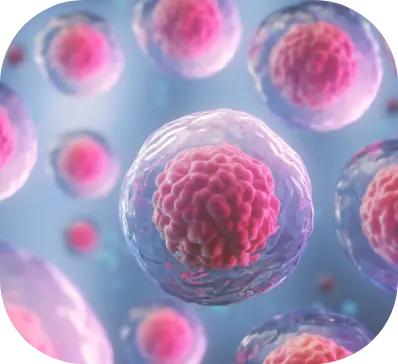

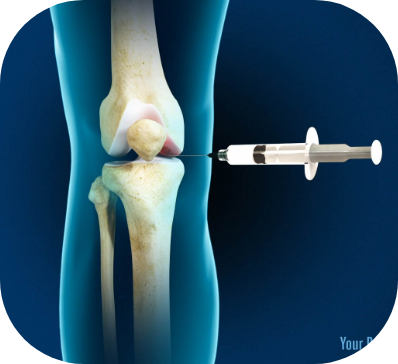
The StemX Approach
StemX is California's leading provider of holistic and regenerative medicine services. Our experts don't just offer popular treatments, but customized medical solutions based on individual needs.
Located in Solana Beach, California, the StemX clinic is composed of a team of expert doctors with years of experience administering regenerative medicine treatments for joint disease. Our team has:
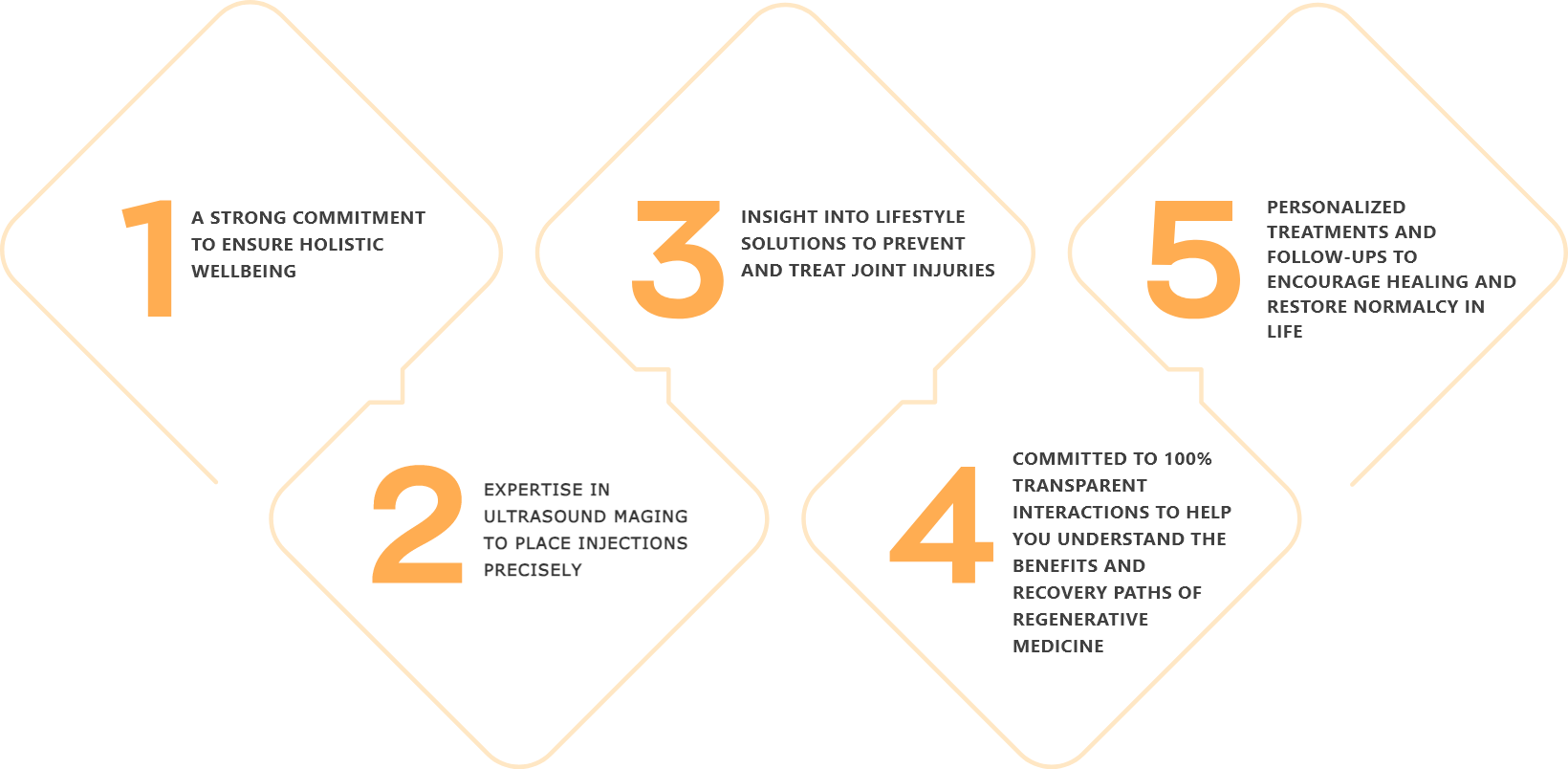

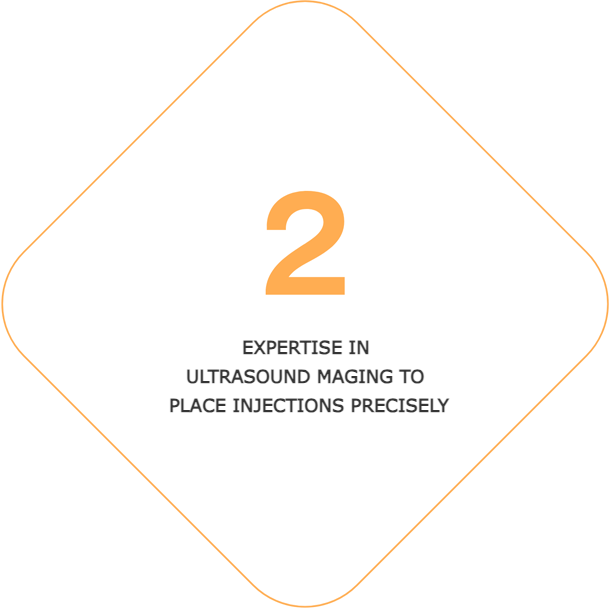
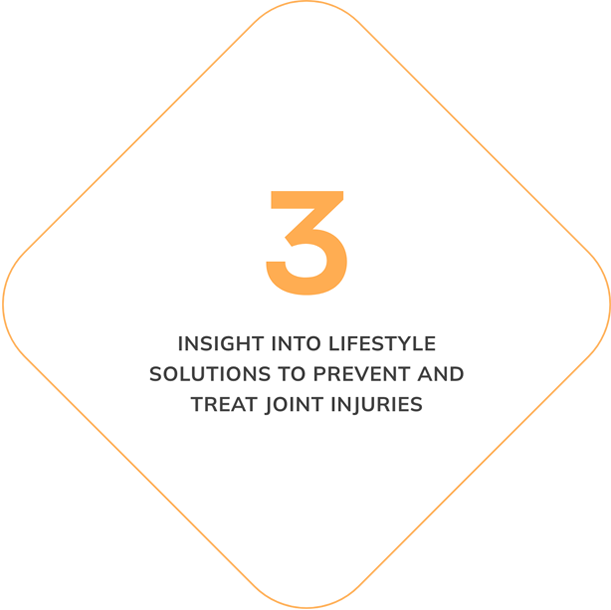
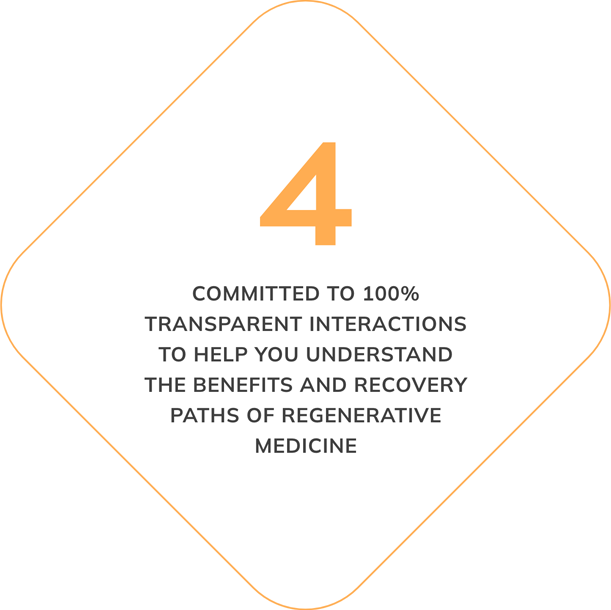
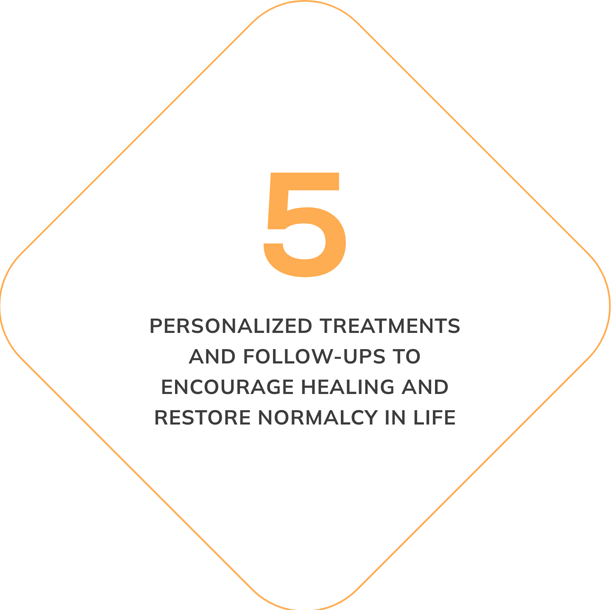
How To Get Started
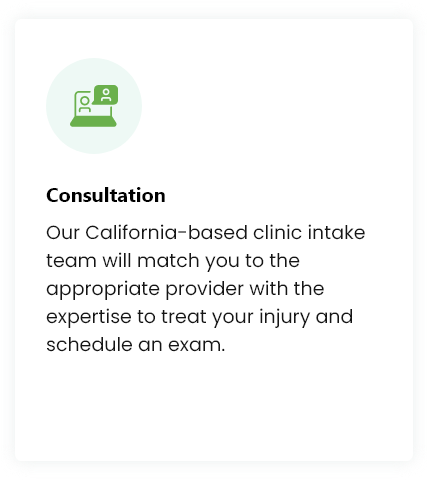

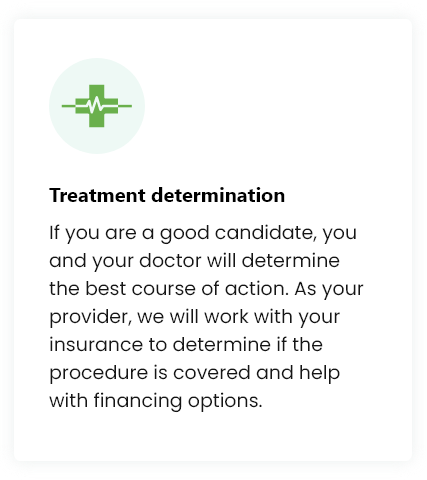
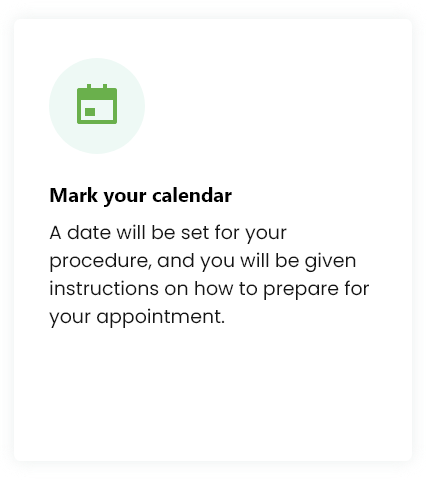
Treatment Procedure
While each treatment may be customized, you can expect your experience to be similar to the following:
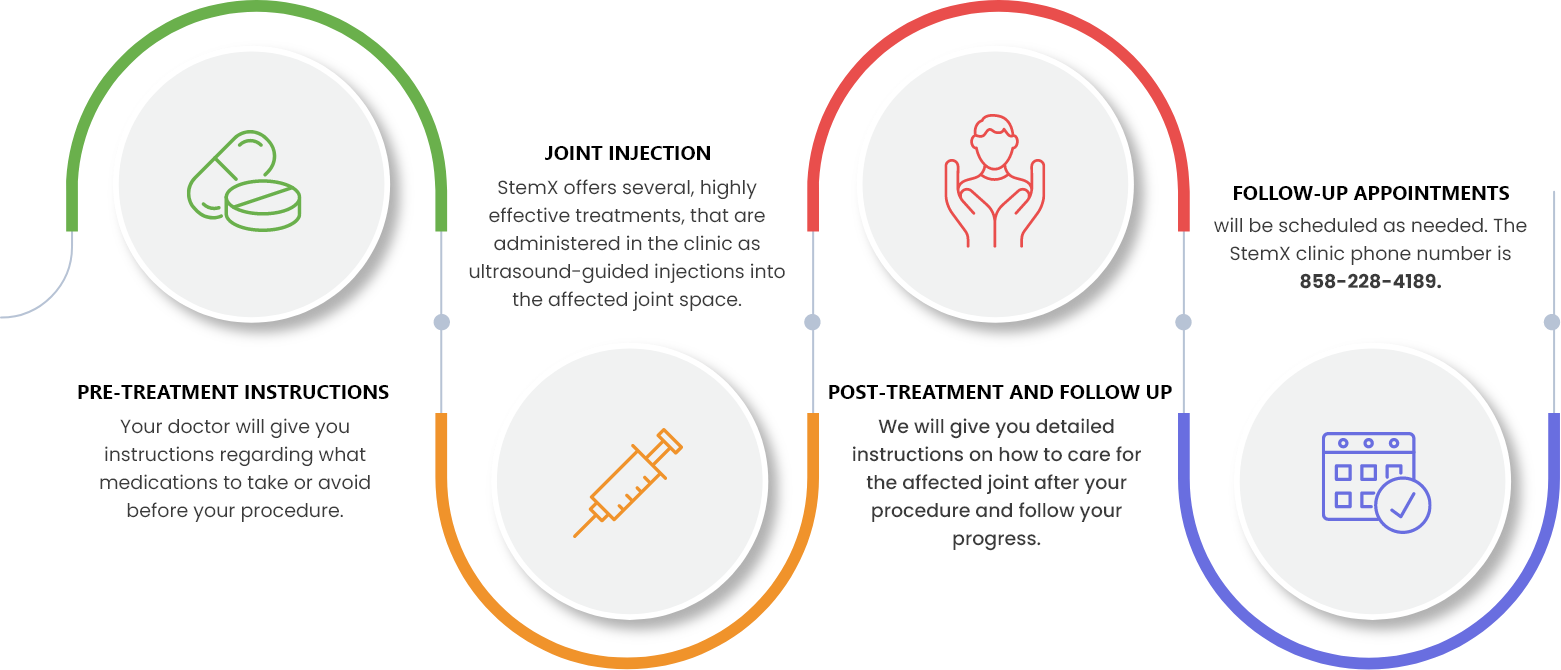
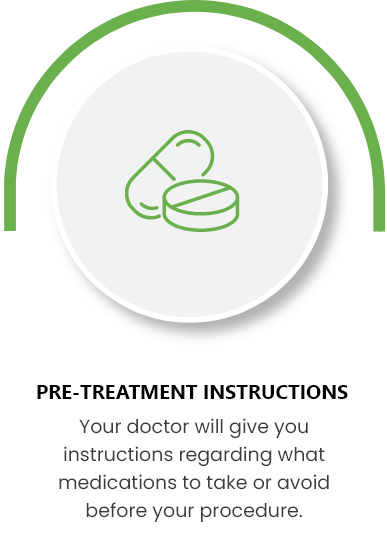
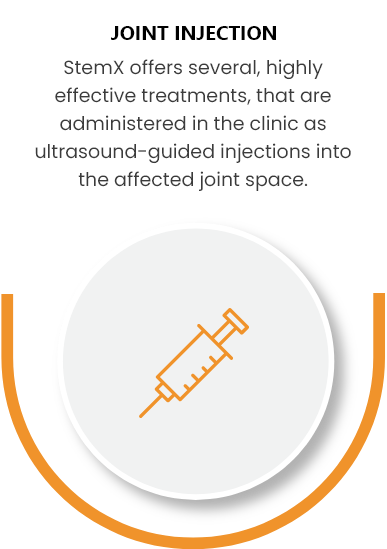
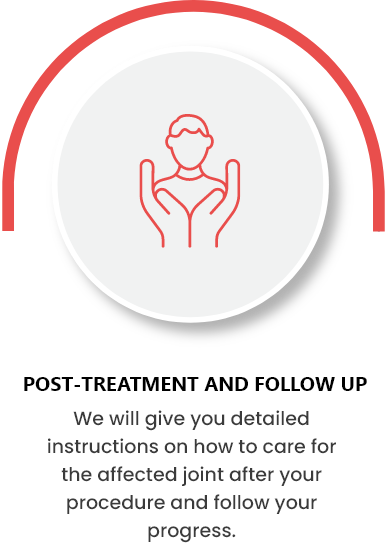
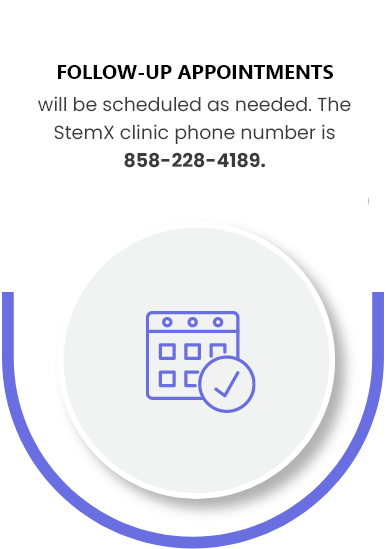
All procedures are conducted in our Solana Beach, California clinic. 124 Lomas Santa Fe Dr #206, Solana Beach, CA 92075.
Frequently Asked Questions
Torn labrum hip pain is often felt in the buttocks, groin, thigh or hip area. One may feel stiff, unable to fully move the leg or crepitus (locking, popping, or clicking).
Severe tears will not heal themselves. Minor labral tears may take several months to heal. Regenerative medicine can stimulate the body to heal faster without resorting to surgery in many cases.
Severe labral tears can impair mobility and cause significant pain. Labral tears can also lead to hip osteoarthritis a degenerative hip disease.
A torn labrum may take several months to heal are rehabilitate. Regenerative medicine can stimulate the body to heal faster without resorting to surgery in many cases.
An untreated hip labral tear can be serious as the pain may worsen and damage to the articular cartilage in the hip joint can progress to osteoarthritis of the hip joint.
No treatment is permanent as one can reinjure the hip labrum with overuse or further traumas.
Regenerative medicine injections into the joint area are associated with minimal pain. The area may be sore for a few days after the procedure during which activity should be kept to a minimum.



